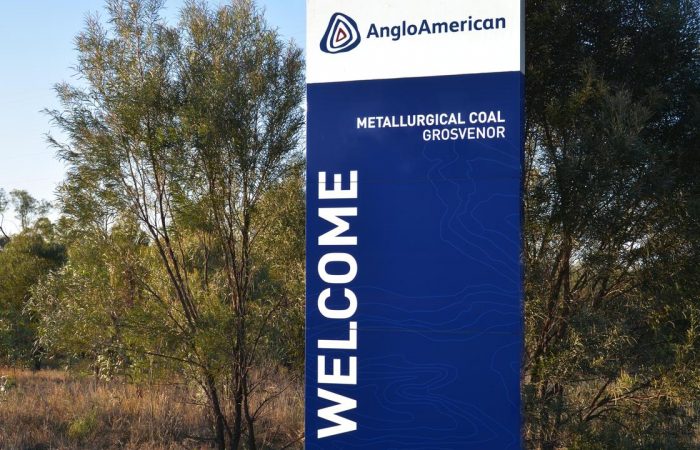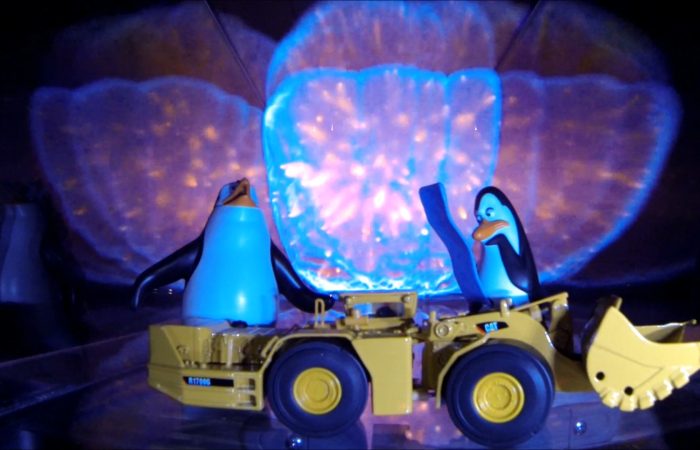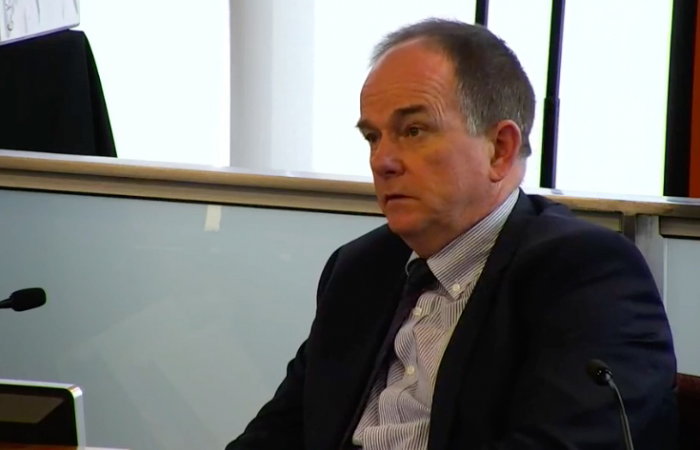
Methane Levels in Underground Roadways Email from Chief Inspector of Coal Mines to Underground SSE’s 27th February 2017
Letter to all UG SSEs UMMs re Methane levels in underground roadways (1)
Correspondence was sent to all Underground Coal Mine Site Senior Executives and Underground Mine Managers on the 30th January 2017.
A Clarification was issued on the 27th of February 2017 regarding
“Sudden, Temporary Increase” in the general body concentration of methane to more than 2.5% and the ventilation system is capable of quickly reducing the methane concentration to not more than 2.5%.
Example for subsection (2) — a roof fall in a goaf causes an inrush creating a high and temporary concentration of methane.
“Sudden” is defined in the Macquarie Dictionary, relevantly, as “happening, coming, made, or done quickly, without warning or unexpectedly; or sharp, abrupt”
Temporary is not defined as Sudden is.
It is also obvious from evidence at the Ministerial Board of Inquiry that the example of a roof fall in a goaf has been adopted as the fall back answer for a spike in methane > 2-5% in the Tailgate
A sudden and temporary increase in the concentration of methane is a momentary spike that occurs over a short period of time. This is relevant to the immediate failure of strata in a goaf area that displaces a volume of goaf atmosphere into the return airway from that working face.
The problem with a person honestly trying to define a term is that further descriptive words are required to define what should be plainly obvious.
With good intentions the very act of defining the Three (3)-word phrase, requires a further descriptive Eleven 11 words.
The “Barristers of the Industry”, whether Site Senior Executives, Underground Mine Managers, Production Manager, Mining Engineer, Mines Inspectors, Everyday Bathroom variety and ones with Law Degrees can now be used for purposes not intended.
The term Non-Reportable Incident (NRI) seems to have its genesis because of the communications.
THE TERM NON-REPORTABLE INCIDENT IS NOT USED IN THE COAL MINING ACT AND THERE IS NO DEFINTION FOR IT.
Between the discussions between the DNRME Inspectors and the Mine operators and their Representatives (SSE’s, UMM’s and VO’s) this term has now been defined and applied to what constitutes a Methane HPI.
This Introduces a whole new set of terms open to further Management and Inspectorate Interpretation.
“OF COURSE WE HAD CONTROL OF IT. IT WAS ONLY A SHORT-TERM PROBLEM.”
This Interpretation will inevitably be applied to other Safety and Health Incidents to determine if they are an HPI and therefore Immediately Reportable to the DNRME and then being Required to submit a full Investigation Report to the DNRME within One (1) Months.
“Non-Reportable Incidents” and the Interpretation was introduced a new way for Mine Operators and indeed the Mines Department to conceal the true number and severity of Safety and Health Incidents.
The principle to be observed in deciding if it is a “HPI’ or NRI is whether control of the situation has been lost.
An instantaneous or short term spike is acceptable but not if associated with other controllable contributory factors eg , VCD damage or misuse, methane drainage shortcomings, or, anticipated barometric variations.
Each exceedance reported will be examined by at least two inspectors and over time a series of criteria can be established which will make the qualification of either NRI or HPI more readily obvious.
In the latter incident detail was given which showed that there had been a failure of the surface goaf drainage plant. Mr Chris Engelbrecht explained the circumstances of the back-up battery problems a remedy for which has now been provided.
This is exactly what is required and in the circumstances it is accepted as an NRI.

